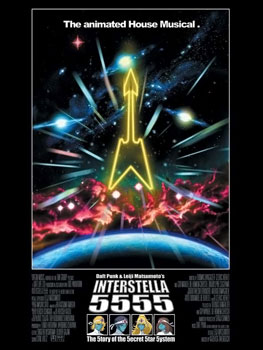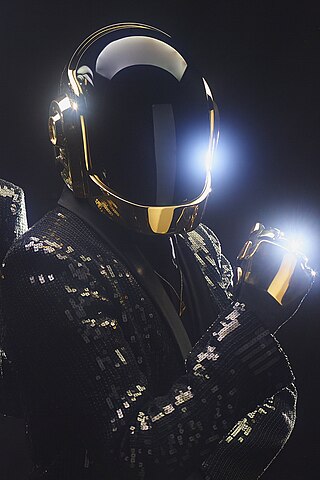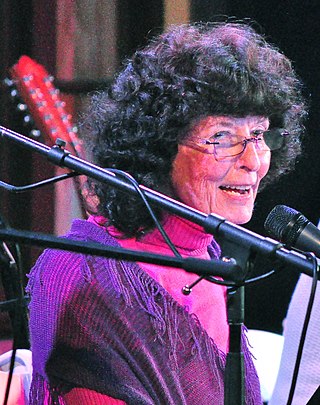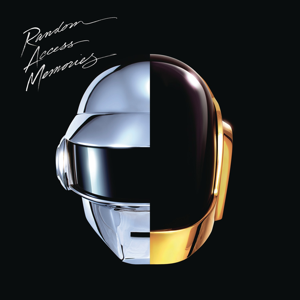David Black | |
|---|---|
 David Black | |
| Website | davidblackstudio |
David Black is a fine artist known for his raw, energetic cinematic style sometimes referred to as Western noir.
David Black | |
|---|---|
 David Black | |
| Website | davidblackstudio |
David Black is a fine artist known for his raw, energetic cinematic style sometimes referred to as Western noir.
Often exploring themes of Western Americana and hazy contemporary glam, his evocative photography is said to push the boundaries of expression and redefine photographic norms. [1] He’s known for work that is painterly, atmospheric, and mysterious. [2]
Black has published three monographs: Candy Mountain (2021), The Days Change at Night (2017), and Cerro Gordo (2016). These works have served as origin points for partnerships with brands, fashion designers, gallerists, and musicians, using his artistic work as a reference for fresh iconography.
Black’s pivotal collaboration with Daft Punk [3] began with their experimental feature film Electroma. Subsequently, Daft Punk commissioned Black to produce the now-iconic key visuals for their final and best-selling album, Random Access Memories. The band continued to collaborate with Black throughout this critically acclaimed album’s heightened success, including books, a limited-edition box set, and launch film.
The Yeah Yeah Yeahs initially collaborated with Black to create the visual approach for their comeback album “Cool It Down” after nearly a decade-long hiatus. Black also directed the acclaimed video for “Black Top,” [4] a single off their Grammy-nominated album. [5] Capping off their reunion tour at the Hollywood Bowl, the band tapped Black to direct a film documenting that day and the journey to get there. [6]
Black has exhibited his work at OFR Paris, Aperture NYC, One Trick Pony LA, [7] and the Lodge. [8]
David currently splits his time between Los Angeles and Paris.

Nile Gregory Rodgers Jr. is an American musician, songwriter, guitarist and record producer. The co-founder of Chic, he has written, produced, and performed on records that have sold more than 500 million albums and 75 million singles worldwide.

Daft Punk were a French electronic music duo formed in 1993 in Paris by Thomas Bangalter and Guy-Manuel de Homem-Christo. They achieved early popularity in the late 1990s as part of the French house movement, combining elements of house music with funk, disco, techno, rock and synth-pop. They are regarded as one of the most influential acts in dance music.

Interstella 5555: The 5tory of the 5ecret 5tar 5ystem is a 2003 anime musical science fiction film. The film tells the story of the abduction and rescue of an extraterrestrial pop band and serves as a visual companion to Discovery, Daft Punk's second studio album. The film was produced by Toei Animation, directed by Kazuhisa Takenouchi and supervised by Leiji Matsumoto. The film has no dialogue, but instead consists of the entirety of Discovery with minimal sound effects.

Paul Hamilton Williams Jr. is an American composer, singer, songwriter, and actor. He is known for writing and co-writing popular songs performed by a number of acts in the 1970s, including Three Dog Night's "An Old Fashioned Love Song" and "Out in the Country", Helen Reddy's "You and Me Against the World", Biff Rose's "Fill Your Heart", and the Carpenters' "We've Only Just Begun" and "Rainy Days and Mondays". He also wrote "Cried Like a Baby" for teen idol Bobby Sherman.

Discovery is the second studio album by the French electronic music duo Daft Punk, released on 12 March 2001 by Virgin Records. It marked a shift from the Chicago house of their first album, Homework (1997), to a house style more heavily inspired by disco, post-disco, garage house, and R&B. Thomas Bangalter of Daft Punk described Discovery as an exploration of song structures, musical forms and childhood nostalgia, compared to the "raw" electronic music of Homework.

Thomas Bangalter is a French musician. He is best known as one half of the former French house music duo Daft Punk, alongside Guy-Manuel de Homem-Christo. He has recorded and released music as a member of the trio Stardust, the duo Together, as well as a solo artist. Bangalter's work has influenced a wide range of artists in various genres.

"Harder, Better, Faster, Stronger" is a song by French duo Daft Punk, released on 13 October 2001 as the fourth single from their second studio album Discovery. A live version of "Harder, Better, Faster, Stronger" was released as a single from the album Alive 2007 on 15 October 2007. This version won a Grammy Award for Best Dance Recording in 2009. In October 2011, NME placed it at number 132 on its list "150 Best Tracks of the Past 15 Years".

Guillaume Emmanuel "Guy-Manuel" de Homem-Christo is a French musician. He is known as one half of the former French house music duo Daft Punk, along with Thomas Bangalter. He has produced several works from his now defunct record label Crydamoure with label co-owner Éric Chedeville.

Jason Charles Beck, professionally known as Chilly Gonzales or just Gonzales, is a Canadian musician, songwriter, and producer. Currently based in Cologne, Germany, he previously lived for several years in Paris and Berlin. Gonzales’ career spans numerous genres. He is known for his rap albums, his collaborations with singer and musician Feist and rapper Drake, his albums of classical piano compositions, and for his collaborations with electronic musicians Daft Punk and Boys Noize, the latter of whom he also produces under the moniker Octave Minds. In 2022, he and Plastikman released a piano rework of the latter's 1998 minimal techno classic album Consumed in collaboration with Canadian musician Tiga, titled "Consumed in Key".

Anthony Wayne Moore, known professionally as Romanthony, was an American DJ, record producer, and singer. He worked with French duo Daft Punk, providing vocals for "One More Time" and "Too Long" off their second album, Discovery.

Linda Perhacs is an American psychedelic folk singer, who released her first album, Parallelograms, in 1970 to scant notice or sales. The album was rediscovered by record enthusiasts and reissued numerous times beginning in 1998, growing in popularity with the rise of the New Weird America movement and the Internet. In 2014, she released a second album titled The Soul of All Natural Things, and a third, I'm a Harmony, in 2017.
Stephen Pavlovic is an Australian music entrepreneur. Pavlovic began promoting music tours, events and concerts in 1990. Since then he has toured artists including Nirvana, Beastie Boys, Sonic Youth, Beck, Foo Fighters, Daft Punk, The Cure, Grace Jones, LCD Soundsystem, and more. In 1998 he founded the record label Modular Recordings home to The Avalanches, Tame Impala and Cut Copy and others.
Alive 2007 is the second live album by the French electronic music duo Daft Punk, released on 19 November 2007 by Virgin Records. It features Daft Punk's performance at the Palais Omnisports de Paris-Bercy arena in Paris on 14 June 2007 during their Alive tour. The set features an assortment of Daft Punk's music, incorporated with synthesisers, mixers and live effects.

Tron: Legacy is the soundtrack album to the 2010 film of the same name, released by Walt Disney Records on December 3, 2010. It is the only film score by French music duo Daft Punk.

Ludwig Emil Tomas Göransson is a Swedish musician, composer, conductor, songwriter, and record producer. His accolades include two Academy Awards, a Golden Globe Award, a British Academy Film Award, four Grammy Awards and two Primetime Emmy Awards.

Random Access Memories is the fourth and final studio album by the French electronic music duo Daft Punk, released on 17 May 2013 through Columbia Records. It pays tribute to late 1970s and early 1980s American music, particularly from Los Angeles. This theme is reflected in the packaging and promotional campaign, which included billboards, television advertisements and a web series. Recording sessions took place from 2008 to 2012 at Henson, Conway and Capitol Studios in California, Electric Lady Studios in New York City, and Gang Recording Studio in Paris, France.

"Get Lucky" is a song written and performed by French electronic music duo Daft Punk featuring American singer-songwriter Pharrell Williams and American guitarist Nile Rodgers. Daft Punk released the song as the lead single from their fourth and final studio album, Random Access Memories, on 19 April 2013. Before its release as a single, it was featured in television advertisements broadcast during Saturday Night Live, after which Rodgers and Williams announced their involvement in the track. "Get Lucky" is a house-inspired disco, funk, and pop track with lyrics that, according to Williams, are about the good fortune of connecting with someone, as well as sexual chemistry. Upon release, it received widespread acclaim from music critics, who praised Williams's vocals and Rodgers's guitar riffs.

Emmanuel Kwasi Adjei is a Ghanaian-Dutch film director and visual artist. Adjei was featured as co-director and creative collaborator of Black Is King, the acclaimed musical film and visual album by American singer Beyoncé, which premiered on Disney+, July 31, 2020.